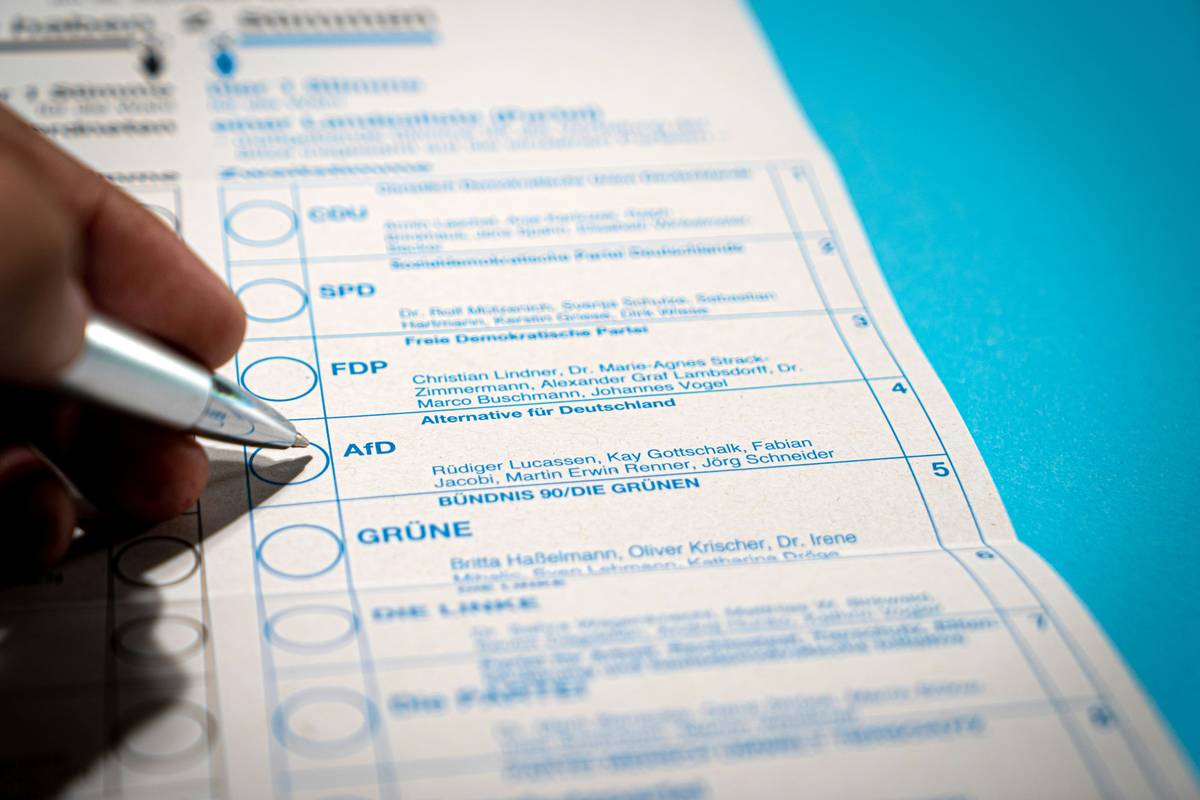Ever stared at a hail-damaged roof while frantically Googling “hail claim form”? Yeah, it’s stressful. I once waited three months to file mine, thinking it wasn’t that bad—spoiler alert: it was. The repair cost? Double what I budgeted. Ouch.
This guide is your lifeline. You’ll learn the ins and outs of navigating hail insurance claims, step-by-step instructions for completing your hail claim form, pro tips to avoid common pitfalls, and even a few laughs along the way.
Table of Contents
- Introduction: Why This Matters
- Section 1: Understanding the Problem with Hail Damage
- Section 2: How to File Your Hail Claim Form Like a Pro
- Section 3: Insider Tips for Maximizing Your Settlement
- Section 4: Real Stories That Will Inspire You
- Section 5: FAQs About Hail Claims
- Conclusion
Key Takeaways
- Filling out your hail claim form correctly can save you thousands in repairs.
- Document everything—from photos of damage to communication with adjusters.
- Avoid delays; most insurers have tight deadlines for filing claims.
- Hiring a public adjuster might be worth it if your claim exceeds $10k.
Section 1: Understanding the Problem with Hail Damage
Hail storms are sneaky little devils. One minute you’re sipping coffee on your porch, admiring your pristine shingles, and the next, those pesky ice balls turn your roof into Swiss cheese. But here’s the kicker: you may not notice the damage right away. That tiny ding today could become a leaky attic tomorrow.

Confession time: When my neighborhood got pummeled by softball-sized hail last summer, I thought, “Eh, it’s probably fine.” Big mistake. Months later, water started dripping through my ceiling during a rainstorm. Moral of the story? Don’t wait until disaster strikes before acting.
Section 2: How to File Your Hail Claim Form Like a Pro
Optimist You: “Filing a hail claim sounds straightforward!”
Grumpy Me: “Ugh, prepare for paperwork purgatory—but hey, coffee helps.”
Step 1: Document the Damage Immediately
Grab your phone or camera and snap high-resolution pictures of every inch of damage—roof, siding, gutters, windows, etc. Photos = proof. If possible, take videos too. Save these files securely because they’re gold when dealing with adjusters.
Step 2: Contact Your Insurance Company ASAP
Call your insurer within 48 hours after the storm (or sooner). Ask them how to obtain a hail claim form; some companies allow online submissions. Be polite but firm about documenting timelines.
Step 3: Complete the Hail Claim Form Carefully
Most forms ask for basic info like policy details, date of loss, and description of damages. Fill this out meticulously. Sloppy handwriting or vague answers can delay processing—or worse, lead to denials.
Step 4: Schedule an Adjuster Visit
Once your form is submitted, the insurer will send an adjuster to assess the damage. Ensure you’re present during their visit to answer questions directly. Remember, they work for the insurer—not you!
Section 3: Insider Tips for Maximizing Your Settlement
- Tip #1: Get multiple contractor quotes. Use these estimates as leverage during negotiations with your insurer.
- Tip #2: Review your policy closely. Some policies cover depreciation, meaning you’ll get more money upfront.
- Tip #3: Avoid DIY fixes before inspection. Attempting repairs prematurely can reduce your payout.
- Terrible Tip: DON’T skip hiring a licensed roofer just because Uncle Bob says he “gets it.” Trust professionals who specialize in hail damage restoration.
Section 4: Real Stories That Will Inspire You
Sarah from Denver faced a massive hailstorm in 2021. She documented every detail, filed her hail claim form immediately, and enlisted a trusted contractor. Result? A full roof replacement at zero out-of-pocket costs. Then there’s Mark from Austin, who procrastinated his filing. His claim was denied due to missed deadlines. Lesson learned: Time is NOT on your side here.

Section 5: FAQs About Hail Claims
Q: Do all homeowners’ policies cover hail damage?
A: Most standard policies do, but check yours to confirm. Watch for exclusions like wind-driven hail clauses.
Q: Can I file a claim if my home isn’t visibly damaged?
A: Absolutely! Sometimes hidden issues only surface later. Filing early ensures coverage.
Q: What happens if my claim gets denied?
A: Appeal the decision with supporting evidence. Hiring a public adjuster often flips the verdict.
Conclusion
Filing a hail claim form doesn’t have to feel like scaling Everest blindfolded. With preparation, persistence, and proper documentation, you can navigate the process smoothly. Now go ahead, protect your property—and your peace of mind.
And remember: Life’s unpredictable, much like hailstorms. So channel your inner superhero and tackle that claim head-on. 🦸♀️🦸♂️
Oh, and one last thing:
Hail pounds loud, Roofs sigh under strain, But forms save the day.


